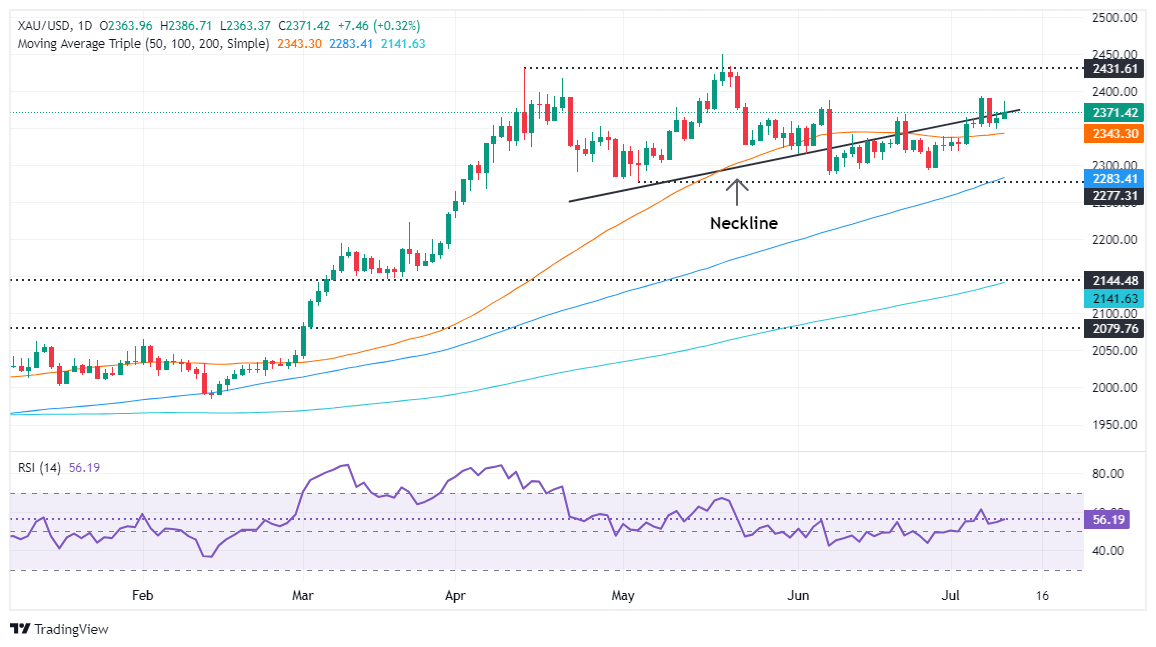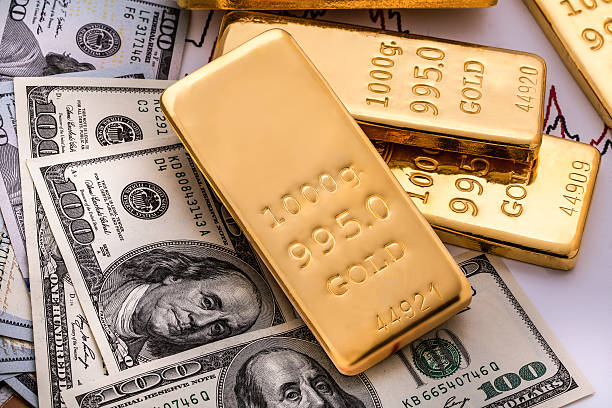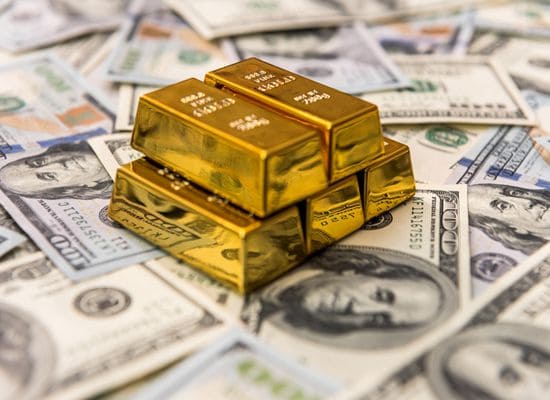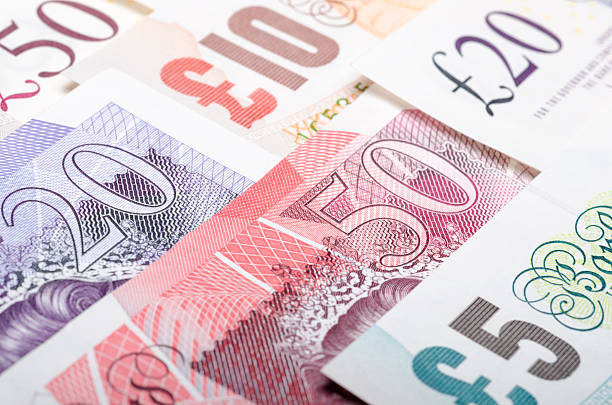Gold advances on falling US yields as traders eye CPI data

- Gold surges amid growing expectations of Fed rate cuts in September.
- US 10-year Treasury yield drops to 4.288%, while US Dollar Index falls below 105.00.
- Inflows into Gold ETFs support the metal, with eyes now on US June inflation data and economic indicators.
Gold price escalated on Wednesday for back-to-back days amid growing speculation that the Federal Reserve (Fed) could begin to slash higher interest rates at the September meeting. Consequently, US Treasury bond yields and the Greenback fell, a tailwind for the golden metal. The XAU/USD trades at $2,372, up by more than 0.30%.
Falling US Treasury bond yields and a soft US Dollar bolstered the non-yielding metal. The US 10-year benchmark note coupon dropped one-and-a-half basis points (bps) to 4.288%, while the US Dollar Index (DXY) trended below the 105.00 mark, losing 0.06%.
In his appearance at the US House of Representatives, Fed Chair Jerome Powell repeated most of his remarks revealed at a US Senate committee on Tuesday. He acknowledged the progress on inflation, yet Powell stated the board is not confident that lowering rates will help prices reach the 2% goal.
Despite ongoing pullbacks, Gold remains underpinned by a second consecutive month of inflows into Gold exchange-traded funds (EFTs) in June, driven by additions to holdings by Europe and Asia-listed funds.
With Fed Chair Powell's semi-annual testimony in the rearview mirror, investors eye the release of US June inflation figures on Thursday. That, Initial Jobless Claims and the University of Michigan Consumer Sentiment data will set Gold’s direction.
Daily digest market movers: Gold price escalates on Fed rate cut hopes
- US CPI is expected to decrease from 3.3% to 3.1% annually in June, while core inflation is projected to remain steady at 3.4% YoY.
- According to the consensus, Initial Jobless Claims for the week ending July 6 are expected to increase from 238K to 240K.
- July Consumer Sentiment is forecast to improve to 68.5, up from 68.2 in June, according to the consensus.
- Bullion prices retreated somewhat due to the People’s Bank of China’s (PBoC) decision to halt Gold purchases in June as it did in May. China held 72.80 million troy ounces of the precious metal at the end of June.
- According to data from the CME FedWatch Tool, investors are pricing in 71% odds of a Fed rate cut in September, up from 70% on Tuesday.
- December 2024 fed funds rate futures contract implies that the Fed will ease policy by 39 basis points (bps) toward the end of the year.
Technical analysis: Gold price consolidates around $2,370
Despite forming a bearish Harami candlestick pattern after breaching the Head-and-Shoulders neckline, Gold has resumed its ongoing uptrend yet remains shy of hitting weekly highs set on Monday at $2,391 a troy ounce.
Momentum shifted in favor of buyers as shown by the Relative Strength Index (RSI), which remains bullish above the 50-neutral line and aims upward.
Hence, the path of least resistance is to the upside. The XAU/USD first resistance would be the July 5 high at $2,392, followed by the $2,400 figure. A further upside is seen, with the next resistance lying at the year-to-date high of $2,450, ahead of the $2,500 mark.
Conversely, if XAU/USD slumps below $2,350, the golden metal might decline to the $2,300 level. If this support fails, the next demand zone would be the May 3 low of $2,277, followed by the March 21 high of $2,222.

Gold FAQs
Why do people invest in Gold?
Gold has played a key role in human’s history as it has been widely used as a store of value and medium of exchange. Currently, apart from its shine and usage for jewelry, the precious metal is widely seen as a safe-haven asset, meaning that it is considered a good investment during turbulent times. Gold is also widely seen as a hedge against inflation and against depreciating currencies as it doesn’t rely on any specific issuer or government.
Who buys the most Gold?
Central banks are the biggest Gold holders. In their aim to support their currencies in turbulent times, central banks tend to diversify their reserves and buy Gold to improve the perceived strength of the economy and the currency. High Gold reserves can be a source of trust for a country’s solvency. Central banks added 1,136 tonnes of Gold worth around $70 billion to their reserves in 2022, according to data from the World Gold Council. This is the highest yearly purchase since records began. Central banks from emerging economies such as China, India and Turkey are quickly increasing their Gold reserves.
How is Gold correlated with other assets?
Gold has an inverse correlation with the US Dollar and US Treasuries, which are both major reserve and safe-haven assets. When the Dollar depreciates, Gold tends to rise, enabling investors and central banks to diversify their assets in turbulent times. Gold is also inversely correlated with risk assets. A rally in the stock market tends to weaken Gold price, while sell-offs in riskier markets tend to favor the precious metal.
What does the price of Gold depend on?
The price can move due to a wide range of factors. Geopolitical instability or fears of a deep recession can quickly make Gold price escalate due to its safe-haven status. As a yield-less asset, Gold tends to rise with lower interest rates, while higher cost of money usually weighs down on the yellow metal. Still, most moves depend on how the US Dollar (USD) behaves as the asset is priced in dollars (XAU/USD). A strong Dollar tends to keep the price of Gold controlled, whereas a weaker Dollar is likely to push Gold prices up.






